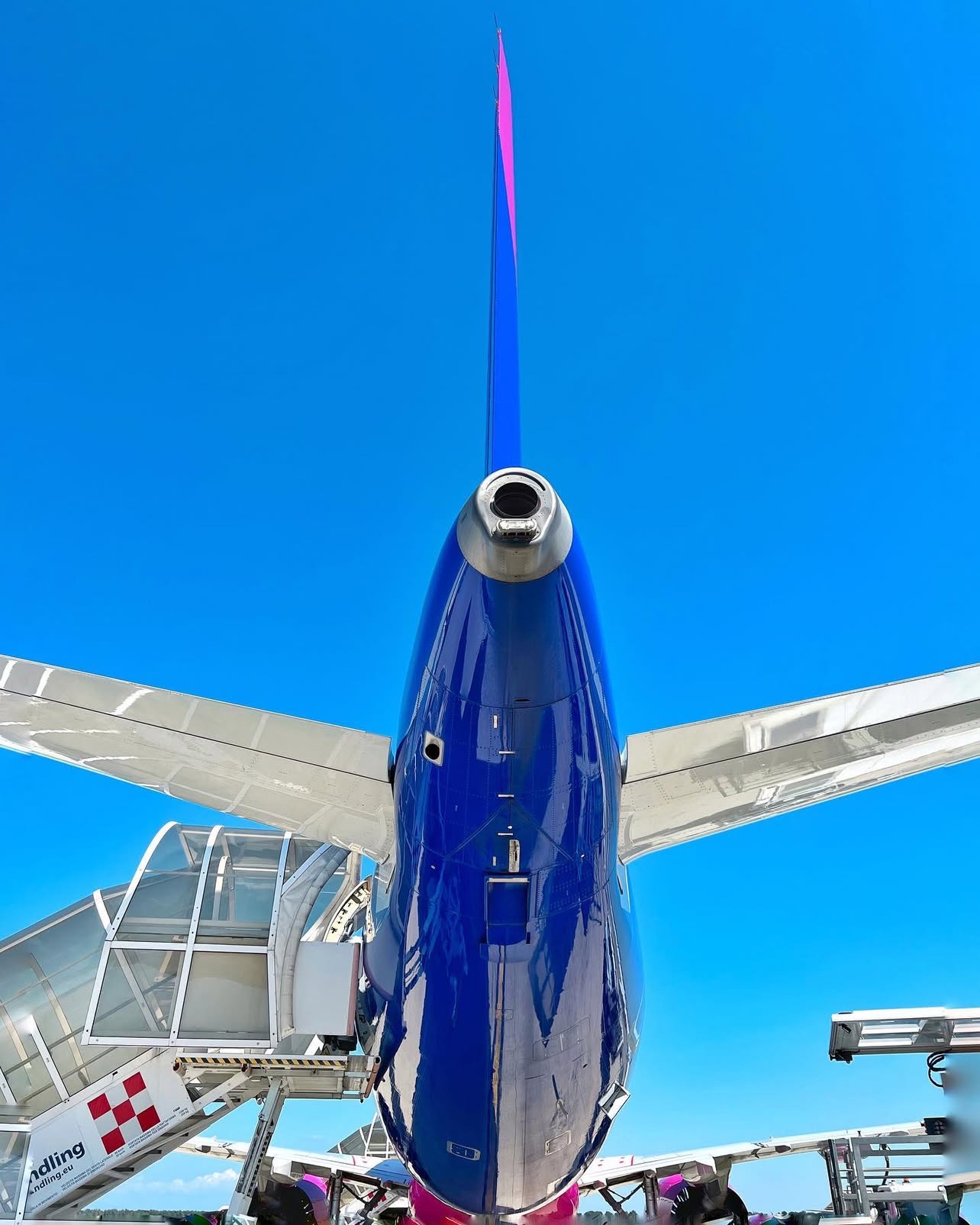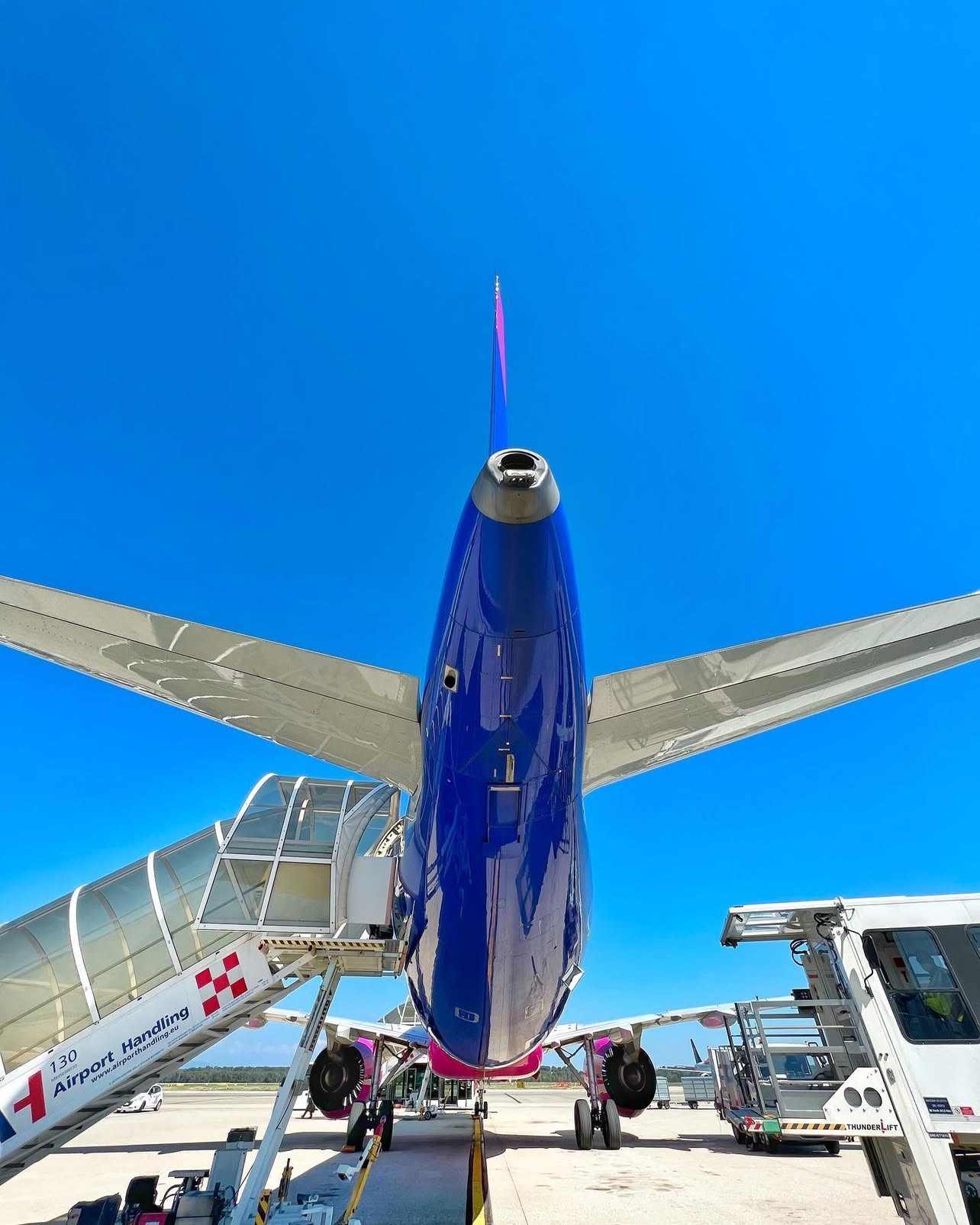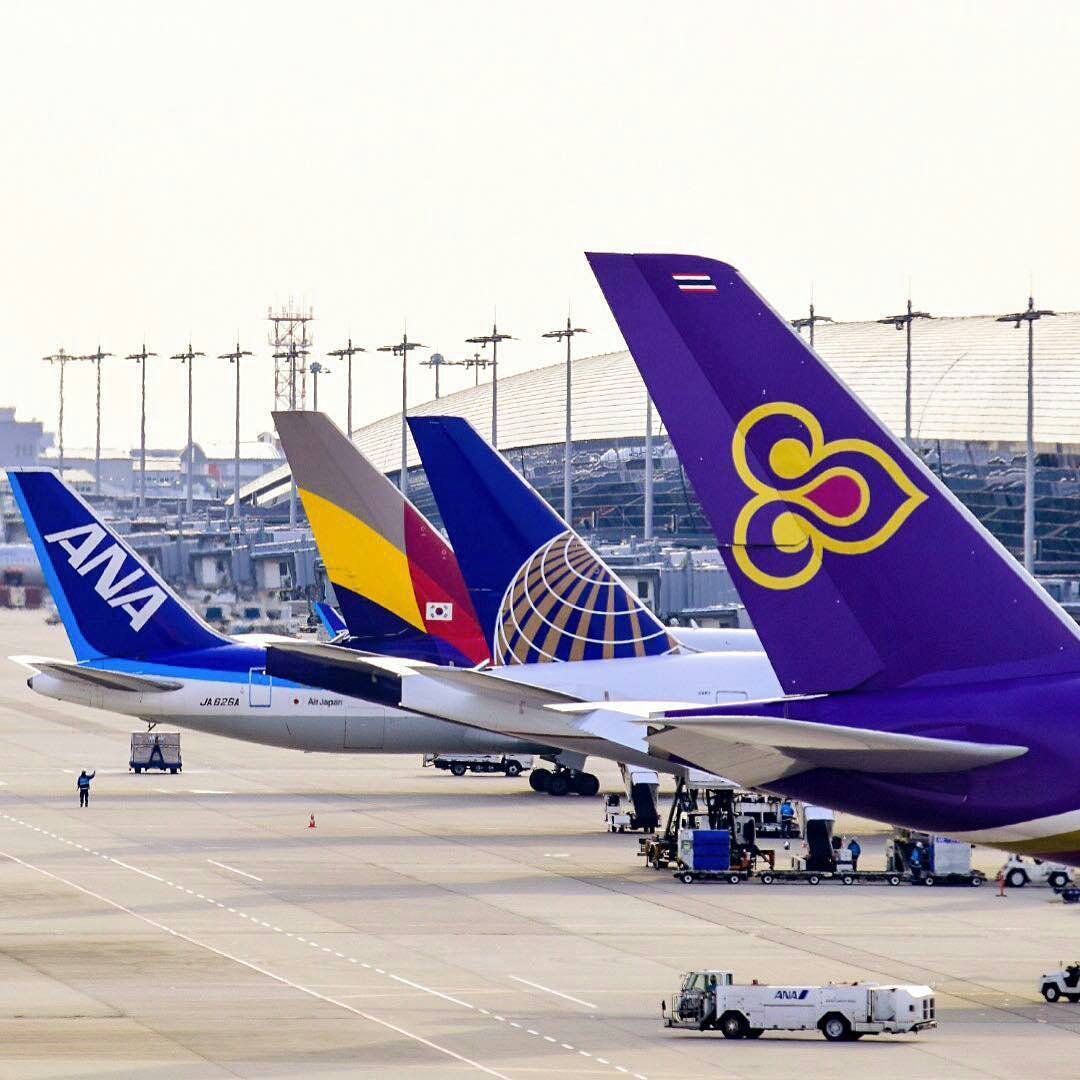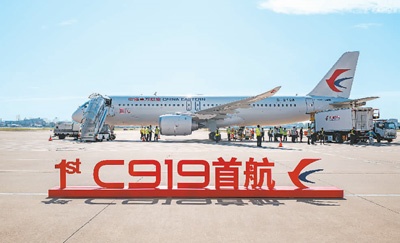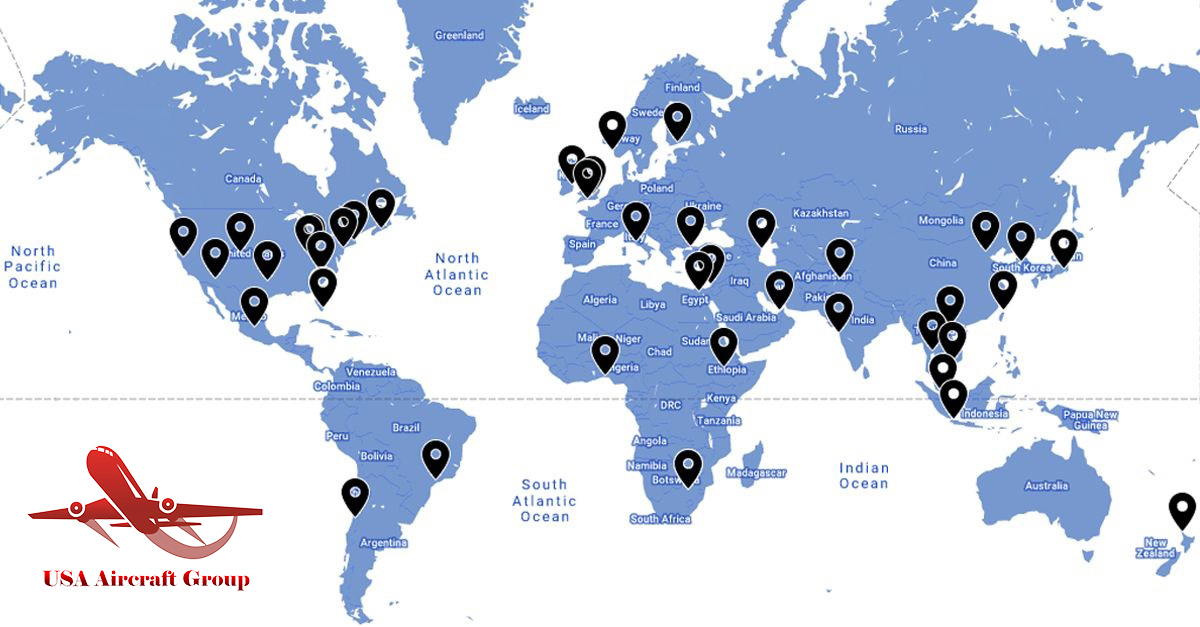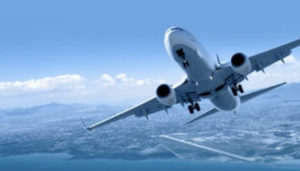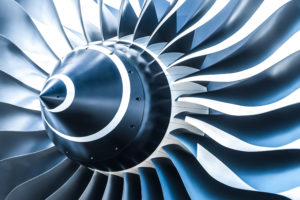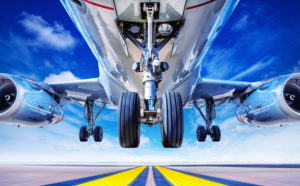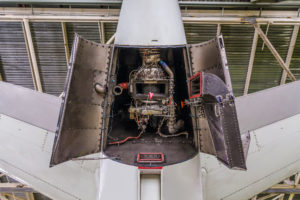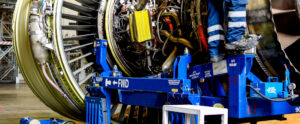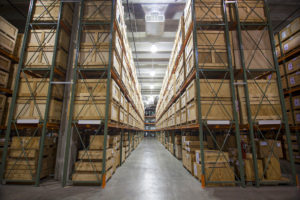Press Releases

Aircraft tail-USA Aircraft Group Corporation
Date: 2025/3/10
The aircraft tail, as a key part of the aircraft structure, is very important to ensure flight stability and operation control. Next, we will discuss in depth the function and structure of the tail and its principle in flight.The tail is mainly composed of horizontal tail and vertical tail, which play an important role in flight. The horizontal tail, including the horizontal stabilizer and the elevator, is responsible for maintaining the pitching balance of the aircraft and adjusting the lift and bow posture of the aircraft through the action of the elevator so as to control the flight altitude. The vertical tail is composed of a vertical stabilizing surface and a rudder, which is mainly used to maintain the directional stability of the aircraft and change the flight direction through the deflection of the rudder.
The structure of the tail varies according to the size and use of the aircraft. Small aircraft usually have a beam structure with a lightweight tail and a simple structure. On the other hand, large aircraft prefer to use single-block structures to withstand greater stress and loads. These structural differences ensure the stability and reliability of the tail under different flight conditions.
The rudder surface, as part of the tail, is similar to the wing but more simplified. They are connected to the control device in the cockpit through a specific control system, so that the pilot can accurately control the attitude and flight direction of the aircraft. In high-speed aircraft, elevators and rudders may be designed as separate parts in order to improve mobility.
There are a variety of configuration forms of the tail, each of which has its own unique characteristics and applicable scenarios. For example, the full-motion tail combines the stability surface with the rudder surface, which improves the sensitivity of pitch control and is especially suitable for high-speed flight. Other configuration forms, such as double-tail bracing, cross, etc., are selected according to the specific needs and design objectives of the aircraft.
In a word, the tail of the aircraft plays a vital role in flight. They not only ensure the stability and maneuverability of the aircraft, but also provide effective control means for pilots through their exquisite design and construction. For every aircraft, the tail is an integral part of it.

